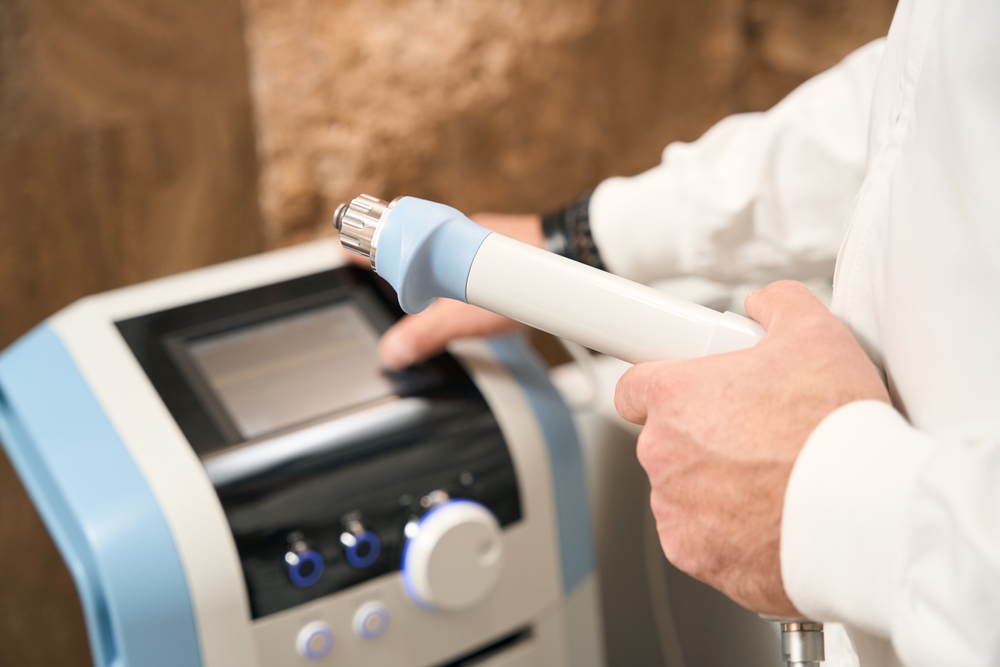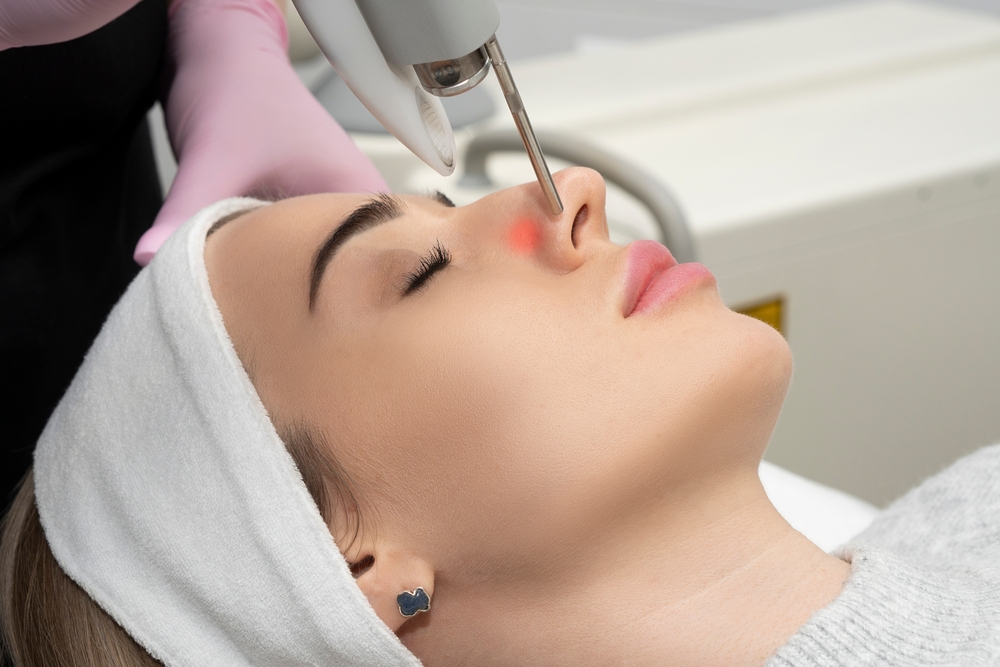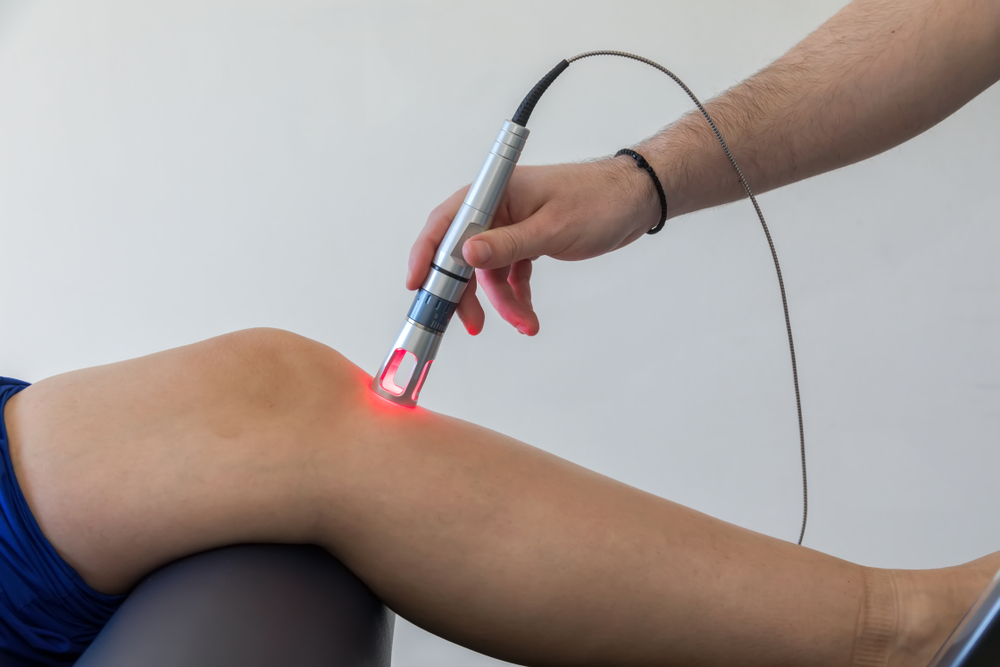The search can often be overwhelming when it comes to finding effective treatments for various medical conditions and injuries.
However, one innovative and non-invasive option that’s gaining popularity is shockwave therapy.
In this article, we will explore the world of shockwave therapy, outlining what it treats and helping you determine if it’s the right fit for your specific health issues.
How Shockwave Therapy Works
Shockwave therapy is a cutting-edge medical treatment that harnesses the power of acoustic waves to stimulate healing in injured or damaged tissues. A specialized handheld device generates these shockwaves and is precisely targeted to the affected area. The waves create microtrauma within the tissues, triggering a natural healing response.
Conditions Treated with Shockwave Therapy
Shockwave therapy has shown remarkable effectiveness in treating a variety of medical conditions, including:
Plantar Fasciitis: This therapy is frequently used to address heel pain caused by plantar fascia inflammation, a band of tissue connecting the heel to the toes.
Tendinitis (e.g., Achilles Tendinitis): Conditions involving the inflammation of tendons, such as Achilles tendinitis or rotator cuff tendinitis, may benefit from shockwave therapy to stimulate healing.
Calcific Shoulder Tendinopathy: Shockwave therapy can effectively break down calcium deposits in the shoulder, reducing pain and improving mobility.
Jumpers Knee (Patellar Tendinopathy): Shockwave therapy is a valuable treatment option for overuse injuries like patellar tendinopathy, often seen in athletes involved in jumping sports.
Elbow Conditions (Tennis/Golfer’s Elbow): Chronic elbow conditions like lateral epicondylitis (tennis elbow) and medial epicondylitis (golfer’s elbow) may experience improvement with shockwave therapy.
Hip Pain (Trochanteric Bursitis): Shockwave therapy can be considered for hip pain caused by inflammation of the bursa, such as trochanteric bursitis.
Chronic Pelvic Pain Syndrome: In some cases, shockwave therapy may be explored as a management option for chronic pelvic pain syndrome, often associated with musculoskeletal issues.
Stress Fractures: Accelerating the healing of stress fractures through increased blood flow and tissue regeneration is another application of shockwave therapy.
Non-Healing Wounds: In certain instances, shockwave therapy promotes the healing of chronic non-healing wounds by stimulating blood flow and tissue repair.
Cellulite Reduction: While not a medical condition, shockwave therapy is also employed in cosmetic settings to address cellulite by improving blood circulation and collagen production.
Benefits of Shockwave Therapy
- Non-Invasive: One of shockwave therapy’s most significant advantages is its non-invasive nature. Patients can undergo treatment without requiring surgical incisions, reducing the risk of complications, infection, and downtime.
- Pain Reduction: Shockwave therapy is remarkably effective in alleviating pain associated with various conditions. It achieves this by targeting the root cause of the pain, whether it’s inflammation, tissue damage, or muscle tension. Many patients experience noticeable pain relief after just a few sessions.
- Accelerated Healing: Shockwave therapy jumpstarts the body’s natural healing processes by creating controlled microtrauma within the tissues. This acceleration leads to faster tissue repair, reduced recovery times, and improved overall healing outcomes.
- Improved Blood Circulation: Shockwaves stimulate increased blood flow to the treated area. Enhanced circulation is vital in delivering essential nutrients and oxygen to the tissues, further aiding in the healing process.
Candidates for Shockwave Therapy
Determining if you are a candidate for shockwave therapy depends on factors such as the type and stage of your condition. Consulting with a healthcare professional is crucial to assess whether this treatment is appropriate for your specific case.
What to Expect During a Session
A typical shockwave therapy session is relatively straightforward. The procedure involves the application of a handheld device to the affected area, and while some patients may experience mild discomfort, it is generally well-tolerated. Sessions are relatively short, typically lasting between 5 to 20 minutes.
Potential Side Effects and Risks
As with any medical procedure, there are potential risks and side effects associated with shockwave therapy, though they are generally mild and temporary. These may include soreness, redness, or swelling in the treated area. It’s important to discuss any concerns with your healthcare provider.
Comparing Shockwave Therapy to Other Treatments
While shockwave therapy offers several advantages, it’s essential to consider how it compares to alternative treatments. Factors like the severity of your condition, personal preferences, and potential contraindications should all be considered.
Consulting with a Healthcare Professional
The decision to undergo shockwave therapy should always be made in consultation with a qualified healthcare professional. They can evaluate your medical history, perform necessary assessments, and provide personalized recommendations based on your unique situation.
Conclusion
In conclusion, shockwave therapy is a remarkable treatment option with a wide range of applications, from addressing musculoskeletal injuries to promoting tissue repair and even reducing cellulite.
PinPoint Health offers shockwave therapy at all of our locations, and our team of experienced healthcare professionals is dedicated to helping you make informed decisions about your health.
Don’t let pain or discomfort hold you back—explore the possibilities of shockwave therapy and take the first step towards a healthier, more vibrant you.





